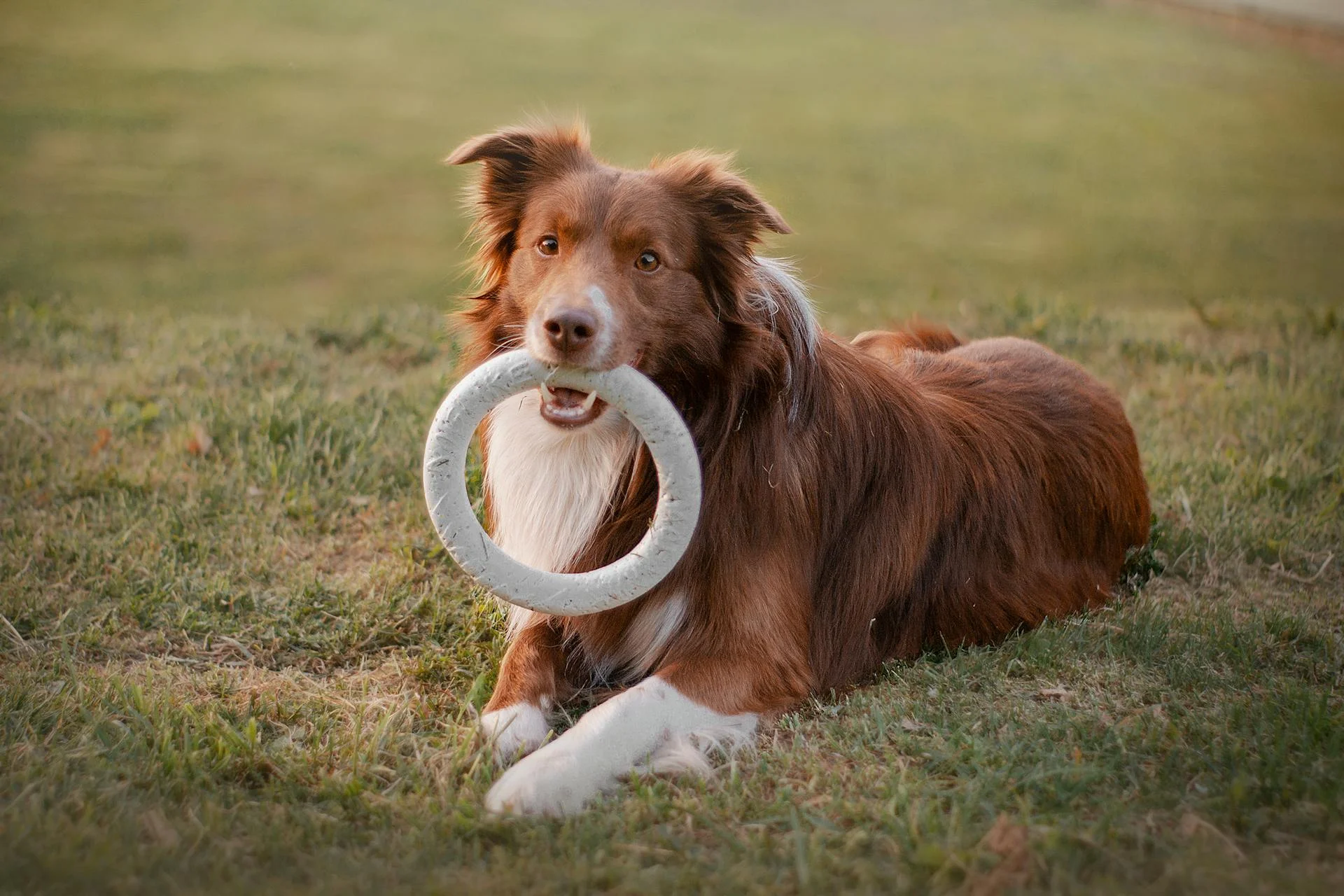Dogs are incredibly expressive animals, and they use their body language to communicate with us in ways that we might not always understand. Learning to interpret your dog’s body language can help strengthen your bond and ensure their well-being. Here are some common cues to look out for:
Tail Wagging
While tail wagging is often associated with happiness, it’s essential to pay attention to the context. A slow, low wag might indicate uncertainty or caution, while a rapid, high wag typically signals excitement or joy. Additionally, a tucked tail could signify fear or anxiety.
Ears
Your dog’s ears can tell you a lot about their mood. Erect ears may indicate alertness or curiosity, while flattened ears suggest fear or submission. Pay attention to any changes in ear position, as they can provide valuable insight into how your dog is feeling.
Body Posture
A dog’s body posture can convey a range of emotions. A relaxed, loose stance typically indicates contentment, while a stiff or rigid posture may signal aggression or discomfort. Be mindful of any changes in your dog’s body language, as they could indicate underlying issues that need to be addressed.
Eye Contact
Eye contact is an essential form of communication for dogs. A soft, relaxed gaze suggests trust and affection, while a hard stare may be a sign of dominance or aggression. Avoid prolonged eye contact with unfamiliar dogs, as it can be perceived as a threat.
Vocalizations
Dogs use a variety of vocalizations to communicate, including barking, whining, and growling. While each dog is unique, certain vocalizations can indicate specific emotions or needs. Pay attention to the pitch, duration, and intensity of your dog’s vocalizations to better understand what they’re trying to tell you.
By learning to read your dog’s body language, you can develop a deeper understanding of their needs and strengthen your bond with them. Remember to observe your dog’s behavior in various situations and contexts to gain a more comprehensive understanding of their communication cues.
Understanding your dog’s body language is an ongoing process, but with time and patience, you can become adept at deciphering their signals. By paying attention to their tail wagging, ear position, body posture, eye contact, and vocalizations, you can better meet your furry friend’s needs and ensure their happiness and well-being.
We hope these insights help you better understand and communicate with your beloved canine companion. Stay tuned for more tips and information on caring for your dog!
















